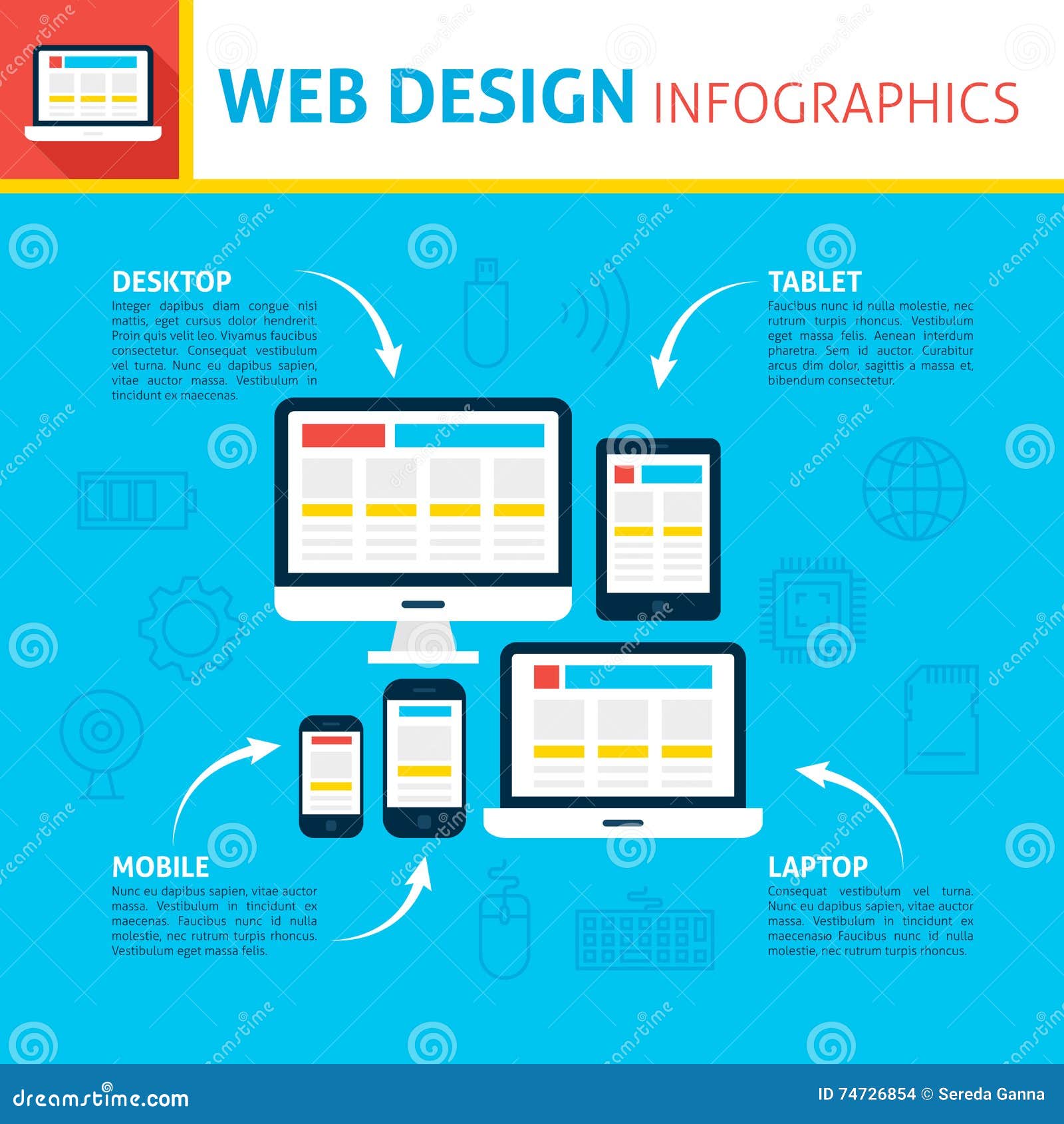The Development Of Site Layout: From Earlier Times To Currently
The Development Of Site Layout: From Earlier Times To Currently
Blog Article
Post Composed By-Kinney Hejlesen
In the past, internet sites were straightforward and focused on details. Navigation was direct, and layout was for desktops. Currently, individual experience is essential. Data guides layouts for easy navigating. Responsive formats match various tools. Today, dark setting minimizes pressure, and minimal menus boost navigation. Interactive features involve customers, and vibrant visuals stand out. AI assimilation improves interaction. See just how layout has actually evolved to boost your online journey.
Very Early Days of Web Design
In the very early days of website design, simplicity preponderated. Websites were fundamental, with minimal shades, typefaces, and layouts. The focus was on offering details as opposed to fancy visuals. Users accessed the web through slow dial-up links, so rate and capability were key.
Navigation food selections were straightforward, commonly located on top or side of the web page. Sites were created for home computer, as mobile surfing had not been yet common. Web content was king, and designers focused on very easy readability over intricate design elements.
HTML was the primary coding language used, and developers had to work within its restrictions. Animations and interactive functions were marginal compared to today's requirements. Sites were fixed, with little vibrant material or tailored user experiences.
Rise of User-Focused Style
With the development of internet site design, a shift towards user-focused style principles has ended up being progressively noticeable. Today, creating web sites that focus on customer experience is crucial for involving site visitors and achieving organization goals. User-focused style includes understanding the demands, choices, and actions of your target market to tailor the website's layout, web content, and features as necessary.
Developers now perform thorough research study, such as customer surveys and functionality screening, to gather insights and feedback straight from users. This data-driven technique aids in producing instinctive navigating, clear calls-to-action, and visually appealing interfaces that resonate with site visitors. By placing the user at the facility of the style process, websites can deliver an extra customized and enjoyable experience.
Receptive layout has actually likewise emerged as a vital facet of user-focused style, making sure that sites are optimized for different devices and screen dimensions. This flexibility enhances accessibility and functionality, dealing with the diverse methods users interact with websites today. Essentially, the surge of user-focused layout symbolizes a shift in the direction of producing electronic experiences that prioritize the demands and assumptions of completion user.
Modern Trends in Website Design
Discover the most recent trends shaping web design today. One noticeable pattern is dark mode style, offering a smooth and modern appearance while minimizing eye stress in low-light settings. Another crucial fad is minimal navigating, streamlining food selections and improving customer experience by concentrating on essential elements. Integrating micro-interactions, such as animated switches or scrolling effects, can produce an extra interesting and interactive site. Receptive style remains important, ensuring smooth customer experiences throughout numerous gadgets. Furthermore, utilizing strong typography and unbalanced designs can include aesthetic passion and accentuate specific content.
Incorporating AI innovation, like chatbots for customer assistance or personalized suggestions, enhances customer involvement and enhances procedures. Availability has also become a significant fad, with designers prioritizing comprehensive style techniques to accommodate diverse customer requirements. Accepting sustainability by enhancing site performance for rate and efficiency is one more emerging pattern in website design. Teaming up with customer responses and information analytics to iterate and boost design continuously is crucial for staying appropriate in the ever-evolving digital landscape. By embracing https://thefinancialbrand.com/148085/consumers-expect-financial-advice-banks-are-falling-short/ , you can produce an aesthetically attractive, straightforward website that resonates with your target market.
Conclusion
As you reflect on the advancement of internet site style from the early days to currently, you can see how user-focused style has actually become the driving pressure behind modern trends.
Welcome the trip of change and adaptation in web design, always keeping the individual experience at the leading edge.
Tippingpointdigital
Keep existing with the most up to date fads and modern technologies, and never ever stop developing your strategy to develop visually magnificent and straightforward websites.
Develop, adapt, and create - the future of website design remains in your hands.
